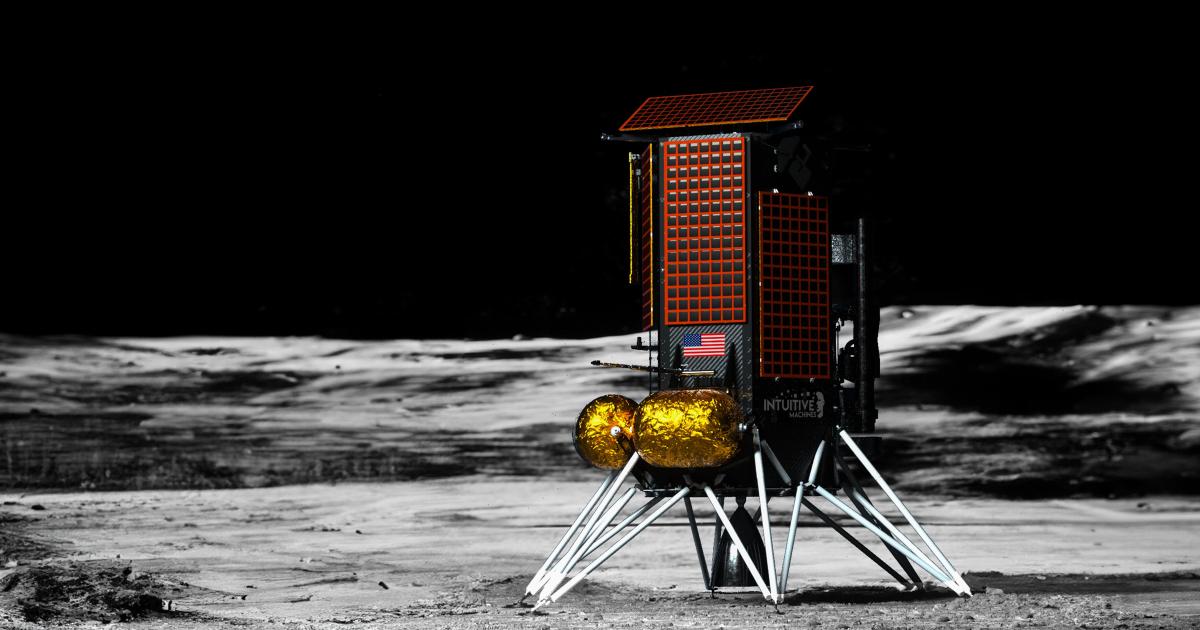
Intuitive Machines, the company that earlier this year managed the first lunar landing by a commercial entity (partly successfully) will be returning to the moon with more NASA payloads. As part of NASA’s CLPS (Commercial Lunar Payload Services) program, Intuitive Machines will design and build a lander to launch to the moon’s south pole, and NASA will pay $117 million for it to carry six science payloads.
This is part of NASA’s broader effort to embrace the burgeoning private space industry by becoming a customer of space companies rather than designing and building its own spacecraft. The aim is for Intuitive Machines to arrive at the moon’s south pole in 2027, ahead of the Artemis missions that will see humans return to the lunar surface. The company will also be launching another lunar lander called Athena later this year, with a third launch planned next year as well.
“This marks the 10th CLPS delivery NASA has awarded, and the fourth planned for delivery to the South Pole of the Moon,” said Joel Kearns, the deputy associate administrator for exploration at NASA’s Science Mission Directorate, in a statement. “By supporting a robust cadence of CLPS flights to a variety of locations on the lunar surface, including two flights currently planned by companies for later this year, NASA will explore more of the moon than ever before.”
The packages that will be carried to the moon include an experiment into how the dusty surface of the moon, called regolith, will respond to a spacecraft landing on it; a collection of retoreflectors to help measure distances; research into how yeast responds to the moon’s gravity and tradition conditions; and an instrument called a magnetometer for measuring the moon’s magnetic fields.
In addition, there will also be a drill and miniature laboratory from the European Space Agency that will be used to hunt for water ice at depths of up to 1 meter beneath the moon’s surface. Named Prospect, the package aims to identify the kinds of resources that would be available and useful for future human exploration of the moon.
“The instruments on this newly awarded flight will help us achieve multiple scientific objectives and strengthen our understanding of the Moon’s environment,” said Chris Culbert, manager of the CLPS initiative at NASA’s Johnson Space Center. “For example, they’ll help answer key questions about where volatiles — such as water, ice, or gas — are found on the lunar surface and measure radiation in the South Pole region, which could advance our exploration efforts on the Moon and help us with continued exploration of Mars.”
Services Marketplace – Listings, Bookings & Reviews
